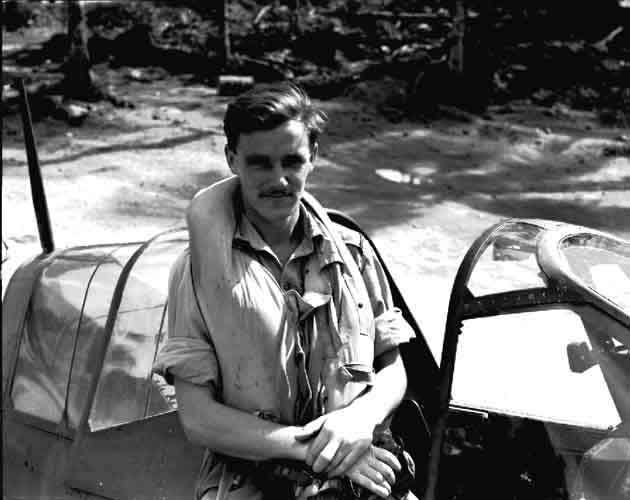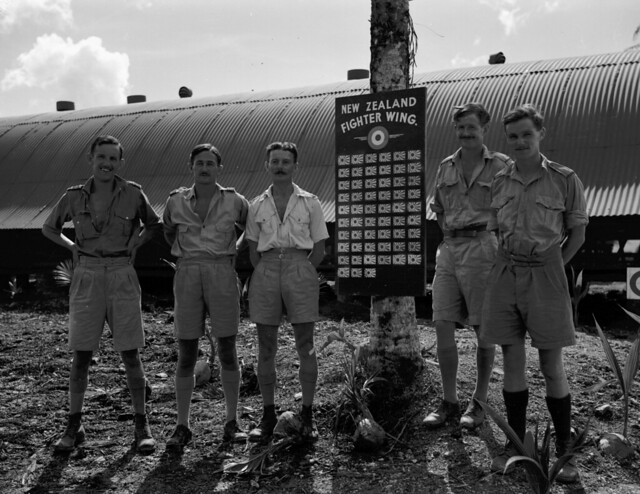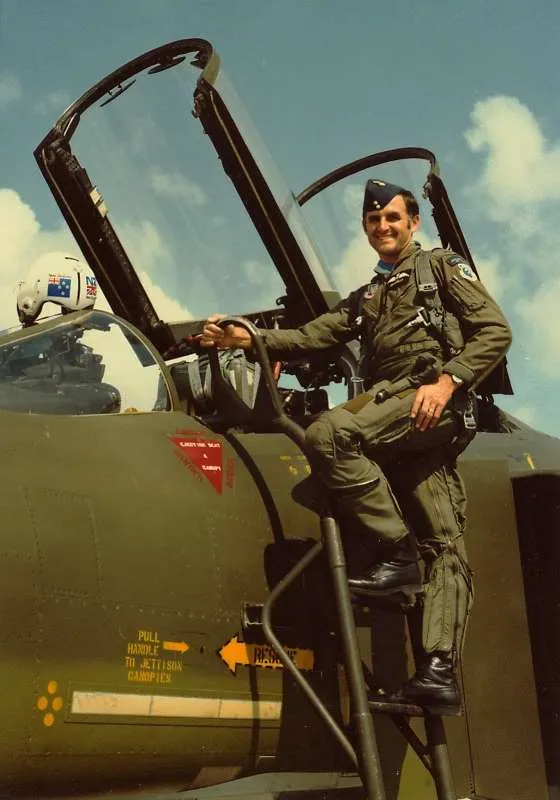RNZAF's First Exchange Pilot to USAF (*and other Exchanges)
Mar 14, 2022 22:52:57 GMT 12
Chelsea57986 likes this
Post by Dave Homewood on Mar 14, 2022 22:52:57 GMT 12
This is interesting, from The Press dated 26 October 1963.
N.Z. COLONY IN DEEP SOUTH
[Specially written for "The Press" by J.M. CAFFIN]
CHARLESTON, Sept. 27.
South Carolina, where the Civil War began, now has a small New Zealand colony—of four people. Ten miles from Charleston, the fourth oldest city in the United States, Squadron Leader B. J. O’Connor, R.N.Z.A.F., his wife, and their two children, Christopher, aged 9½, and Jacqueline, aged 8½, are settling down for a two-year stay in the Deep South.
Squadron Leader O'Connor, formerly of Hokitika, is the first R.N.Z.A.F. officer to serve on exchange with the United States Air Force. Before coming to South Carolina, he flew Sunderland flying-boats from Lauthala Bay, Fiji. Now he is attached to the 76th Squadron, 1608th Air Transport Wing, Military Air Transport Service. His squadron flies the same type of Lockheed Hercules aircraft as those bought for the R.N.Z.AF.
Although Squadron Leader O’Connor has been here only three weeks, he has quickly settled down as a member of the 76th Squadron. His brother officers already call him Bernie, and his commanding officer, Lieutenant-Colonel Russell C. Clarke, is delighted to have a New Zealander in his squadron. One reason is that Lieutenant-Colonel Clarke commands the M.A.T.S. unit of three Hercules planes which will fly cargo from Christchurch to McMurdo Sound this season.
When I visited Charleston Air Force Base today, Squadron Leader O’Connor was in ground school sitting his final examinations. Next week he will make his first flight in the Hercules with Lieutenant-Colonel Clarke. When he has qualified as a Hercules pilot he will serve as assistant operations officer of the Squadron.
Like her husband, Mrs O’Connor is enjoying life in South Carolina. She was formerly Miss Natalie McLean, and her parents came from Karamea although they now live in Christchurch. Her two children have started school and are making friends fast.
The O’Connors have a pleasant modern house, one of 950 units on the base. It is centrally air-conditioned, and is so well equipped that Mrs O’Connor feels like taking a special course to operate all her new appliances. In her spacious kitchen she has a refrigerator, automatic dishwasher, and a garbage disposal unit. She is cooking with gas, but it is natural gas instead of the coal gas she knew at home.
When I visited the O’Connor home the furniture had just arrived from Fiji by way of New Zealand, and Mrs O’Connor was busy unpacking and putting her precious bits and pieces away. One distraction in the living room, according to Mrs O’Connor, is the portable television set lent to the O’Connors soon after they arrived. There was no such distraction at Lauthala Bay. Most of the ground at the O’Connors’ home is laid out in lawn, but Mrs O’Connor has already started gardening, There are two narrow flower beds in front of the house and she expects to have a good showing of flowers next spring as well as climbing roses which were there when the O’Connors moved in.
Charleston Air Force Base, 10 miles north of Charleston, is very different from the R.N.Z.A.F. station, Taieri, Wigram, and Ohakea, where Squadron Leader O’Connor has been stationed since he entered the service as a compulsory military trainee in 1949. The base covers 3253 acres, and the amenities include a garden store, barber and beauty shops, watch and shoe repair services, a commissary sales store where personnel can buy their meat, groceries, butter and milk. There is also a bulk beverage store which provides beer, soft drinks, nuts, ice cream and potato chips. Squadron Leader O’Connor has found that he can get good draught beer as well as the canned variety.
The Charleston base is probably one of the busiest in the country because it also serves the city as a municipal airport. Runways and taxi strips are jointly used with commercial airlines whose offices are on the eastern side of the base. On the military side the base provides airlift support for installations in North America, Europe, Africa, and the Middle East as well as missile tracking sites extending from Cape Canaveral, Florida, to Ascension Island in the South Atlantic.
Every month about 12,000 passengers and 4,200,000 lb of cargo are flown in and out of the base. Most of this transport is done by the Hercules and Globemaster aircraft of the 1608th wing. But the base is also used by a squadron of supersonic Voodoo interceptor fighters, radar, communications, and weather squadrons, and an air rescue service.
According to Air Force officers I talked to, the joint use of the base by military and commercial aircraft works satisfactorily. I had proof of this while waiting to board a National Airlines Electra for New York. Voodoo fighters, using their braking parachutes, were landing regularly. In between, light planes took off, and two more Electras cruised overhead, waiting for the signal to come in.
N.Z. COLONY IN DEEP SOUTH
[Specially written for "The Press" by J.M. CAFFIN]
CHARLESTON, Sept. 27.
South Carolina, where the Civil War began, now has a small New Zealand colony—of four people. Ten miles from Charleston, the fourth oldest city in the United States, Squadron Leader B. J. O’Connor, R.N.Z.A.F., his wife, and their two children, Christopher, aged 9½, and Jacqueline, aged 8½, are settling down for a two-year stay in the Deep South.
Squadron Leader O'Connor, formerly of Hokitika, is the first R.N.Z.A.F. officer to serve on exchange with the United States Air Force. Before coming to South Carolina, he flew Sunderland flying-boats from Lauthala Bay, Fiji. Now he is attached to the 76th Squadron, 1608th Air Transport Wing, Military Air Transport Service. His squadron flies the same type of Lockheed Hercules aircraft as those bought for the R.N.Z.AF.
Although Squadron Leader O’Connor has been here only three weeks, he has quickly settled down as a member of the 76th Squadron. His brother officers already call him Bernie, and his commanding officer, Lieutenant-Colonel Russell C. Clarke, is delighted to have a New Zealander in his squadron. One reason is that Lieutenant-Colonel Clarke commands the M.A.T.S. unit of three Hercules planes which will fly cargo from Christchurch to McMurdo Sound this season.
When I visited Charleston Air Force Base today, Squadron Leader O’Connor was in ground school sitting his final examinations. Next week he will make his first flight in the Hercules with Lieutenant-Colonel Clarke. When he has qualified as a Hercules pilot he will serve as assistant operations officer of the Squadron.
Like her husband, Mrs O’Connor is enjoying life in South Carolina. She was formerly Miss Natalie McLean, and her parents came from Karamea although they now live in Christchurch. Her two children have started school and are making friends fast.
The O’Connors have a pleasant modern house, one of 950 units on the base. It is centrally air-conditioned, and is so well equipped that Mrs O’Connor feels like taking a special course to operate all her new appliances. In her spacious kitchen she has a refrigerator, automatic dishwasher, and a garbage disposal unit. She is cooking with gas, but it is natural gas instead of the coal gas she knew at home.
When I visited the O’Connor home the furniture had just arrived from Fiji by way of New Zealand, and Mrs O’Connor was busy unpacking and putting her precious bits and pieces away. One distraction in the living room, according to Mrs O’Connor, is the portable television set lent to the O’Connors soon after they arrived. There was no such distraction at Lauthala Bay. Most of the ground at the O’Connors’ home is laid out in lawn, but Mrs O’Connor has already started gardening, There are two narrow flower beds in front of the house and she expects to have a good showing of flowers next spring as well as climbing roses which were there when the O’Connors moved in.
Charleston Air Force Base, 10 miles north of Charleston, is very different from the R.N.Z.A.F. station, Taieri, Wigram, and Ohakea, where Squadron Leader O’Connor has been stationed since he entered the service as a compulsory military trainee in 1949. The base covers 3253 acres, and the amenities include a garden store, barber and beauty shops, watch and shoe repair services, a commissary sales store where personnel can buy their meat, groceries, butter and milk. There is also a bulk beverage store which provides beer, soft drinks, nuts, ice cream and potato chips. Squadron Leader O’Connor has found that he can get good draught beer as well as the canned variety.
The Charleston base is probably one of the busiest in the country because it also serves the city as a municipal airport. Runways and taxi strips are jointly used with commercial airlines whose offices are on the eastern side of the base. On the military side the base provides airlift support for installations in North America, Europe, Africa, and the Middle East as well as missile tracking sites extending from Cape Canaveral, Florida, to Ascension Island in the South Atlantic.
Every month about 12,000 passengers and 4,200,000 lb of cargo are flown in and out of the base. Most of this transport is done by the Hercules and Globemaster aircraft of the 1608th wing. But the base is also used by a squadron of supersonic Voodoo interceptor fighters, radar, communications, and weather squadrons, and an air rescue service.
According to Air Force officers I talked to, the joint use of the base by military and commercial aircraft works satisfactorily. I had proof of this while waiting to board a National Airlines Electra for New York. Voodoo fighters, using their braking parachutes, were landing regularly. In between, light planes took off, and two more Electras cruised overhead, waiting for the signal to come in.











